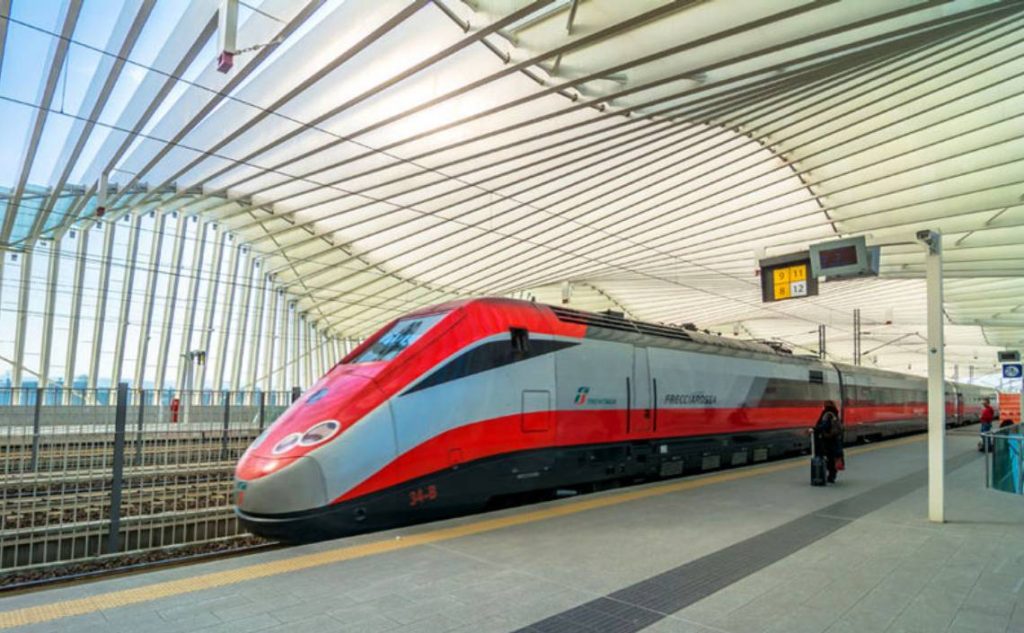Adviced Starting Points and Connections
From the Great Saint Bernard Pass to Piacenza
If you have to cross the Pass coming from Switzerland you can use the service of the St. Bernard Express, that allows to charge bicycles as well.
If you decide to begin your walk at the Great St. Bernard, you should know that the nearest train station is in Aosta, and that Arriva buses run to the pass during the summer only (from June to September); alternatively you can use the taxi and car with driver rental service proposed from the Val d’Aosta Region. You can easily reach Châtillon, Verrès, Pont-Saint-Martin and Ivrea with regional and interregional trains. From Santhiá to Piacenza, all stages are served by inter-regional trains on the Turin-Milan line up to Vercelli, then by local train lines Vercelli-Pavia and Pavia-Cremona. Piacenza is connected by high-speed trains on the Milan-Bologna.
From Piacenza to Lucca
Departures and arrives are convenient with regional and interregional trains from Fidenza and Fiorenzuola, on the Milan-Bologna line. The Pontremolese railway generally follows the route of the Via Francigena through the Apennines, with stops in Fornovo, Pontremoli, Aulla and Sarzana. The Versilia coast is served by the Pisa-Genova line, with frequent trains and stops at all the places mentioned on the way, except Camaiore.
Da Lucca a Siena
Tuscany has fewer major railway routes, but local trains allow you to arrive and depart from Lucca and Altopascio on the Viareggio-Florence line, and you can reach Monteriggioni and Siena with Empoli-Siena line. From the stations along this route you can also get to Gambassi Terme and San Gimignano, with short sections on provincial buses Trainspa.
From Siena to Rome
Between Siena and Viterbo connections are more difficult, and the advice is to leave for the last, exciting stretch of the Via Francigena from one of these two cities. Between Viterbo and Rome the railway line follows almost faithfully the walking path: find railway stations in Vetralla, Sutri and La Storta. All locations are served by Cotral buses and the urban areas of Rome, by means of ATAC.
Generally speaking visit the Trenitalia website for the Italian internal connections by train, or the Italo Treno website for the Italian high-speed trains.



